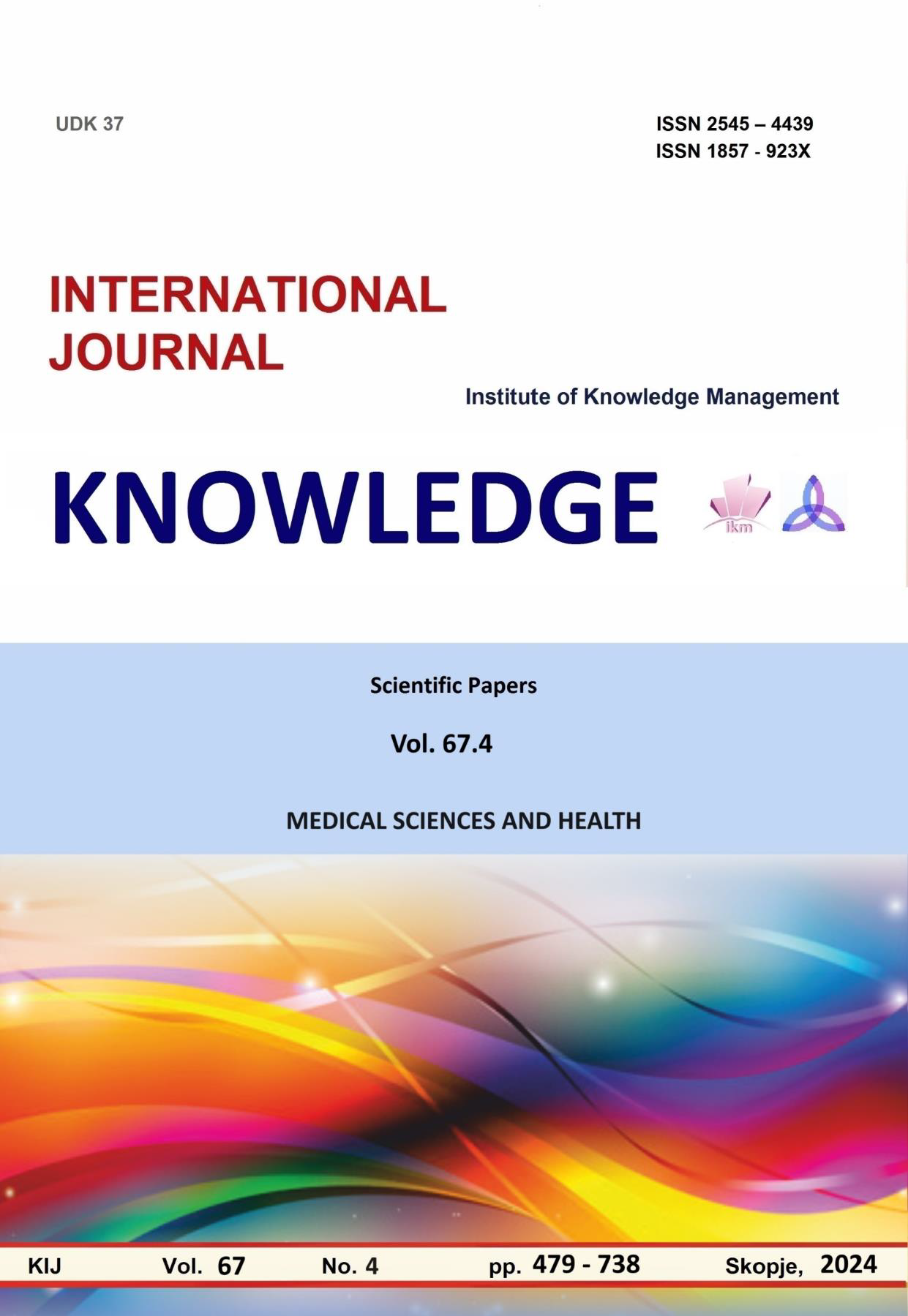ПОКАЗАТЕЛИ НА ФУНКЦИОНАЛНИЯ РАБОТЕН КАПАЦИТЕТ ПРИ СПОРТИСТИ И АКТИВНО СПОРТУВАЩИ ЗА ЗДРАВЕ
FUNCTIONAL WORK CAPACITY INDICES IN ATHLETES AND ACTIVE SPORTSMEN FOR HEALTH
Author(s): Kostadin KanalevSubject(s): Social Sciences, Sociology, Family and social welfare
Published by: Scientific Institute of Management and Knowledge
Keywords: athletes;physical activity;work capacity;maximal oxygen consumption
Summary/Abstract: The purpose of the present study is to systematize information on indices of functional work capacity in athletes and active sportsmen for health. To fulfill the purpose of the study we sought information on indicators of functional work capacity commonly monitored in elite athletes. We used textbooks, training manuals for medical and physical education students, as well as classic and new publications in the fields of medicine, physical education, sports, public health, and more. For skeletal muscle to contract, an impulse from the somatic nervous system, calcium ions, and energy in the form of the high energy molecule adenosine triphosphate (ATP) are required. During muscle contraction, ATP is supplied by three energy systems two anaerobic (creatine phosphate and glycolytic) and one aerobic. The creatine phosphate system is very fast, but only provides energy for a short period of time lasting around or under ten seconds. The glycolytic system is used at the beginning of exercise and during intense activities lasting about ten seconds to two minutes. The aerobic system uses carbohydrates, fats and limited proteins as an energy source. It is slower than anaerobic systems but supplies energy for extended periods of time. In the present study, we divide some indicators of functional work capacity indicators into the following groups indicators of labor force /power/, indicators of aerobic capacity, indicators of anaerobic capacity and sports pedagogical tests. Work force indicators are peak and maximum load in various functional tests, personal sports achievements, various types of dynamometry, etc. Indicators of aerobic capacity are peak and maximum oxygen consumption, determination of the anaerobic threshold, etc. Maximum oxygen consumption is the most reliable indicator of aerobic capacity. It is determined by various factors such as the state of the cardiovascular and respiratory systems, the capacity of the blood to carry oxygen as well as the ability of the muscles to utilize the oxygen. To evaluate anaerobic capacity, indicators such as maximum anaerobic power, anaerobic capacity, fatigue coefficient, etc. are determined. Sports pedagogical tests are widely used by coaches, medical specialists, physical education and sports teachers, etc. Examples of the sports pedagogical tests number of push ups in a row, number of sit ups in a row, jump from a place, Flamingo test. The interest in reliable assessment of functional work capacity is growing due to the availability of studies related to the relationship between indicators of functional work capacity and the prognosis of various diseases and even life expectancy. The present paper provides a recommendation for the study of functional work capacity to optimize the training programs of athletes and active sportsmen for health.
Journal: Knowledge - International Journal
- Issue Year: 67/2024
- Issue No: 4
- Page Range: 673-676
- Page Count: 4
- Language: Bulgarian

